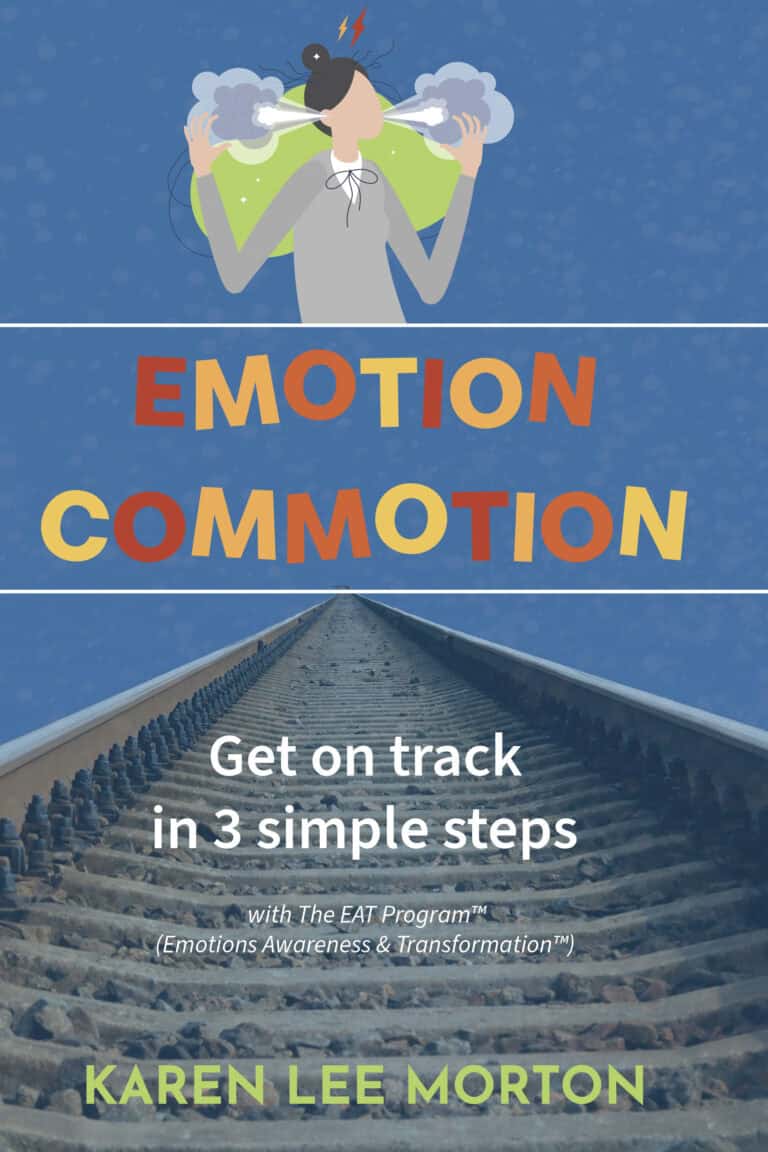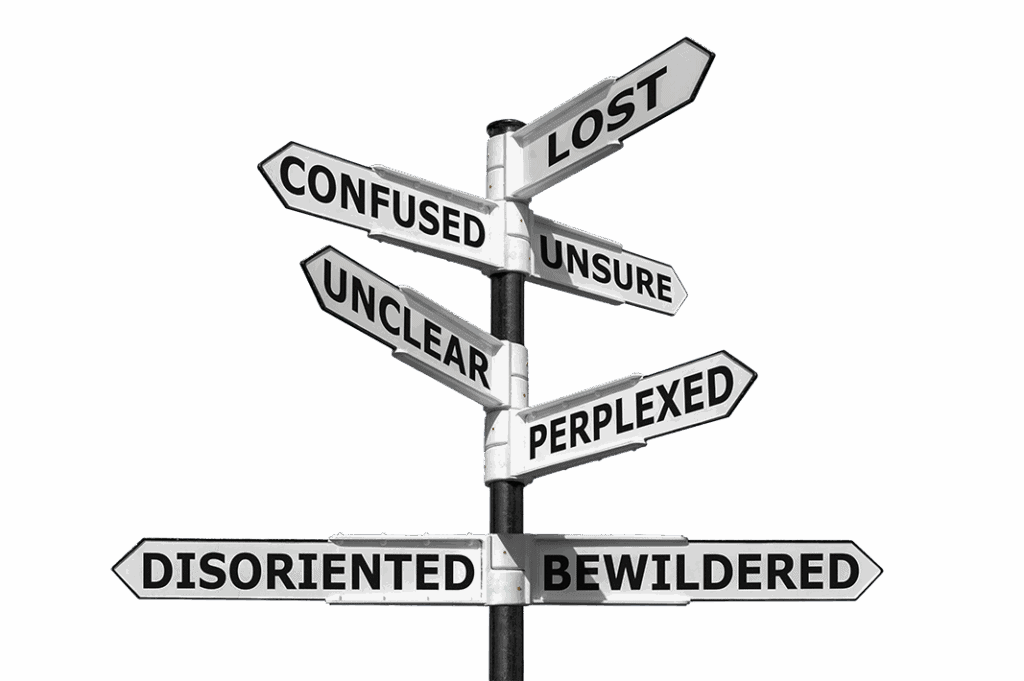Welcome to the station
Emotion Commotion
With a simple 3-step process, you will become the conductor of your own life, and can help kids and teens move from the caboose into the engine.

Introducing The EAT Program™ for healthy emotions
and featuring the LDT™ – Locate, Describe & Transform™ – emotions transformation process
→ 9 chapters
→ 114 pages
→ 79 colour images

Watch the chapter 1 video.
The Problem
Right emotion but wrong intensity
(e.g. depression instead of sadness)
Right emotion but wrong expression
(e.g. throwing things in anger)
Wrong emotion altogether
(e.g. a bully who feels pride instead of shame)

The EAT Program™ Solution
Readily decrease the intensity of your emotions (e.g. terrified becomes worried).
Healthy expression of emotion becomes the norm (e.g. no more silent treatment).
Regularly match your emotion to the situation (e.g. no rage if fear is appropriate).
Act from balance rather than react from strong emotions.
What exactly is LDT™?
Emotions are reactions in your body. They don't cause the reaction; they are the reaction. If you transform the reaction, you transform the emotion. You describe your emotions with metaphor. LDT™ is a research-grounded tool to bring your emotions and decision making into healthy balance.
- Locate the stress point in your body.
- Describe it in as much detail as you can or wish.
- Transform this image or scene into something more positive.
With your emotions transformed, even if only for the moment, you are ready to make your healthiest decision or take your best action.
Why should I use LDT™?
Locate, Describe & Transform™ will quickly help you recognize and transform emotions that negatively impact your decisions and actions. Once you are comfortable using it, you will readily balance many situations within a few breaths.
How can the Intensity-Complexity Grid help me?
A glance of the colour-coded grid gives you an instant sense of your emotion. The four metaphors - keeping emotions at bay; feeling the pressure; direct impact; and wrapped up in emotions - give you a starting place for describing the impact of your situation. The 16 blocks offer a clear visual goal for decreasing both the intensity of your emotions and the complexity of the situation.
How can I help kids and teens?
The first step is to understand your own emotions. You are always part of the equation. Get comfortable with identifying your emotions and working with LDT™: The EAT™ Training workbook can help. With a handle on these basics, you can walk kids and teens through LDT™. Kids especially come up with very creative transformations. Once their emotions are balanced, the final step is to support them in making their best decision or taking their healthiest next step.

About Karen
Karen’s awareness & transformation programming includes emotions, bullying, biases, equity, diversity, and inclusion.
She has a Master’s degree in Dispute Resolution from the University of Victoria, British Columbia.